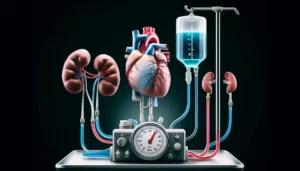
Standard Versus High Cardiopulmonary Bypass Flow Rate: A Randomized Controlled Subtrial Comparing Brain Injury Biomarker Release
This study aimed to compare the release of brain injury biomarkers between standard and high cardiopulmonary bypass (CPB) flow rates during elective cardiac surgery. Conducted at Sahlgrenska University Hospital in Sweden, forty patients were randomly assigned to either a standard (2.4 L/min/m²) or high (2.9 L/min/m²) CPB flow rate. The results indicated no significant differences in biomarker levels or the occurrence of postoperative delirium between the two groups. Age and sex were among factors associated with biomarker levels.










